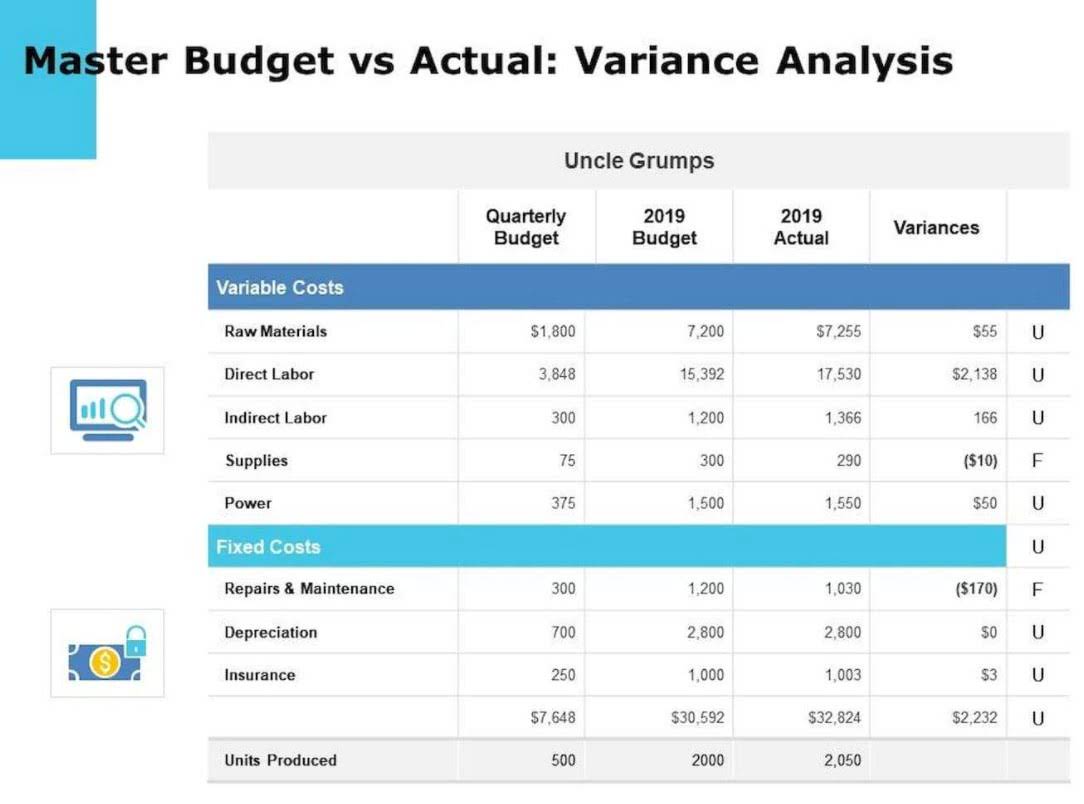The Balance is a statement that checks the accuracy of the Ledger by comparing debits and credits. Take a look at the difference between general ledger vs. trial balance and how to use the reports to your advantage. A trial balance is so called because it provides a test of a fundamental aspect of a set of books, but is not a full audit of them. Assets, liabilities, equity, revenue, and expenses are the most common categories general ledger vs trial balance for these accounts. The most important part of the trial balance is that the debit side should equal the credit side of the recorded accounts.
In essence, while the General Ledger is a constant record keeper that supplies data for the Trial Balance, the Trial Balance is a tool to check the integrity of that data. These two types of reports work together when reconciling and preparing financials. The Trial balance is also considered a vital ingredient to keep the business afloat, economically and financially. As you can see in the above example, the General Ledger shows a more detailed transaction list which includes the dates of the transactions as well as the particulars (description). Choose the attributes and account assignment objects you need from the navigation area, and add these to the rows.
Adhering to these controls preserves the integrity of both the general ledger and resulting trial balances. Reliable account records also facilitate audits and operational decisions based on financial position and performance. Understanding the key differences between the general ledger and trial balance is critical for proper financial management and reporting. Let’s examine how these foundational accounting tools differ across several dimensions. The main objective of a Trial Balance is to verify the arithmetical accuracy of the ledger postings. It ensures that for every debit entry, a corresponding credit entry has been recorded in the ledger, upholding the fundamental principle of the double-entry system.
A general ledger is a record of all of the accounts in a business and their transactions. The trial balance is used to identify errors or discrepancies in the general ledger. By comparing the total debits and credits in each account, businesses can quickly detect any imbalances and investigate further to find the source of the error.
For large scale businesses where many transactions are conducted, it may not be convenient to enter all transactions in the general ledger due to the high volume. In that case, individual transactions are recorded in ‘subsidiary ledgers’ and the totals are transferred to an account in the general ledger. Your accountant or financial advisor uses the general ledger to investigate each of your accounts during an audit. For example, consider a company that discovers its trial balance is off by a significant amount.
- The primary objective of a trial balance is to ensure the equality of debits and credits, validating the accuracy of financial records.
- One of the key attributes of the Trial Balance is its ability to identify errors and inconsistencies in the General Ledger.
- The purpose of a trial balance is to ensure that all debit transactions entered into the general ledger equal all of the credit transactions that have been entered.
- The Trial balance is also considered a vital ingredient to keep the business afloat, economically and financially.
Comparing the General Ledger and Trial Balance
- The general ledger is comprised of all the individual accounts needed to record the assets, liabilities, equity, revenue, expense, gain, and loss transactions of a business.
- By meticulously examining the trial balance, accountants can identify any potential errors or discrepancies in the general ledger before finalizing financial statements.
- Choose the attributes and account assignment objects you need from the navigation area, and add these to the rows.
- In contrast, the Trial Balance summarizes the balances of these accounts at a specific point in time, focusing on the total debits and credits.
- This level of detail is necessary for understanding the nuances of financial activity and for the preparation of detailed reports.
Transaction records are aggregated from the general ledger to create trial balances, income statements, balance sheets, and more. It is the centralized, authoritative document where a business’s financial transactions are compiled. From each sale and purchase to salaries, rents, and other operating expenses, the general ledger reflects the real-time financial health of a company. With double-entry accounting, your credit and debit totals should balance because each transaction has equal but opposite effects on at least two accounts. It is best to know the function of the trial balance and the general ledger because both are important in the company’s financial transaction recording and reporting.
The use of standardized accounting codes and descriptions also contributes to the clarity and uniformity of the records, facilitating easier review and comprehension. In the event of an error, the amount causing the difference is put to the ‘suspense account’ until such time they are rectified. Once the errors are identified, rectified and the trial balance tallied, the suspense account is closed since the balance no longer exists. However, the following entries will not cause a discrepancy in the trial balance.
Step 4: Create the Adjusted Trial Balance
The General Ledger is a comprehensive record of all financial transactions a company conducts. Next up is editing the information before we can publish our story in financial statements. An error of reversal is when entries are made to the correct amount, but with debits instead of credits, and vice versa. For example, if a cash sale for £100 is debited to the Sales account, and credited to the Cash account. Therefore, they are readily available in the income statement and help to determine the net profit. Accounting TransactionsAccounting Transactions are business activities which have a direct monetary effect on the finances of a Company.
The Flow Chart below contains a step-by-step representation of the company’s financial transactions. I ran a TB and a standard general ledger report and I noticed that the signs on the GL report do not match the TB. For examples, credit balances in the TB for liabilities (standard position) are showing in the GL report as positive numbers.
Volume of Data
Therefore, businesses should ensure that their trial balance is regularly reviewed and reconciled to identify any errors or discrepancies before they impact financial reporting. This proactive approach to financial management helps businesses make informed decisions, manage risks, and achieve their financial goals. A trial balance is a crucial financial report that provides a comprehensive list of all accounts from the general ledger. It includes their respective balances, thus serving as a summary of the total debits and credits in each account.
At the same time, the trial balance is a statement that records the general ledger ending balances. A trial balance is a report that shows the total of all your business’s accounts, its assets, liabilities, income, costs and capital, as at a given point in time. … The trial balance is called a ‘trial balance’ because there will always be equal sums on the debit and credit sides of your trial balance. With your general ledger fully updated, you’re ready to prepare the adjusted trial balance. This report pulls in every account (assets, liabilities, equity, revenues, and expenses) and shows their balances after adjustments.
Posting to the general ledger is usually done at the end of a reporting period (e.g., monthly, or annually). These examples highlight the significance of the general ledger in day-to-day accounting processes. Its accurate and up-to-date maintenance is crucial for ensuring the financial stability and success of businesses. By utilizing the full potential of the general ledger, companies can optimize their financial management practices and make informed decisions that drive long-term growth. In contrast, the company’s trial balance has only the ending balance present in those accounts of the company. Financial reports rely on general ledger vs trial balance real financial data—not just guesstimates or forecasts.
















